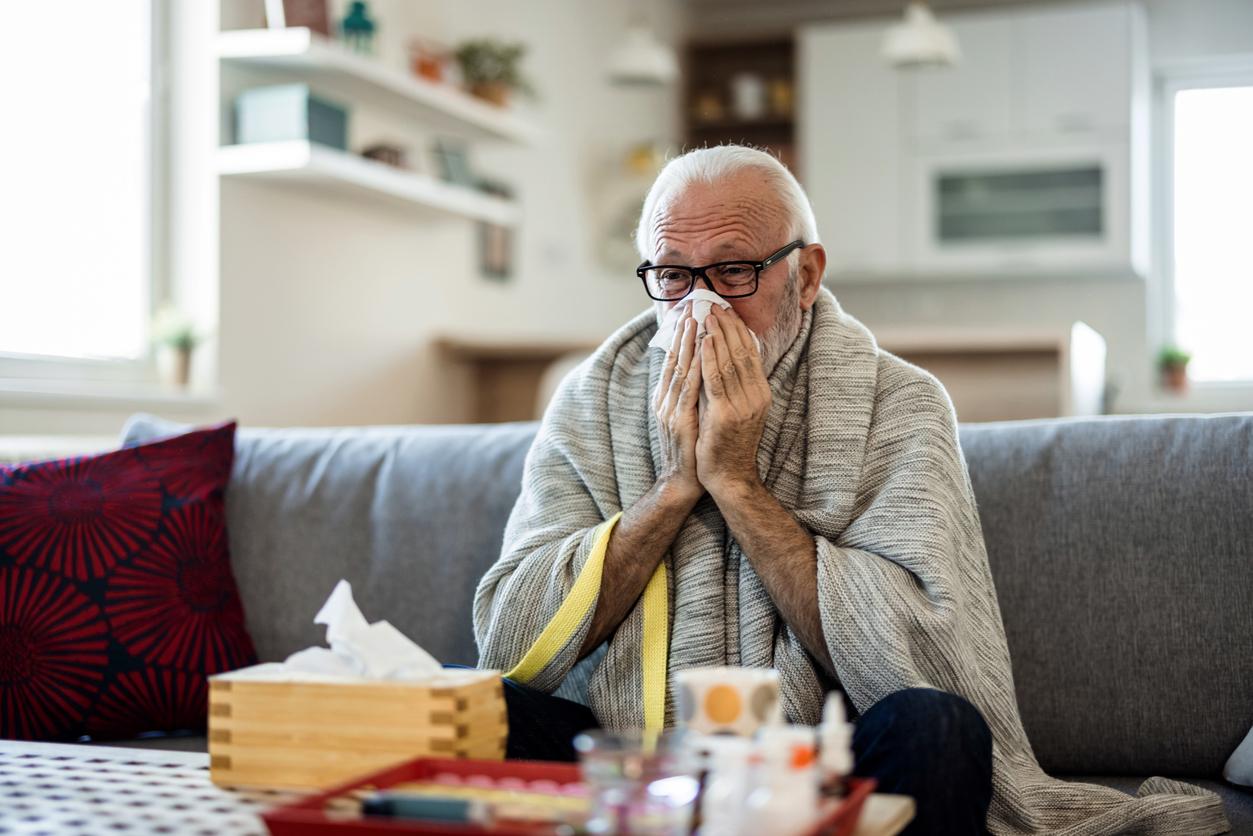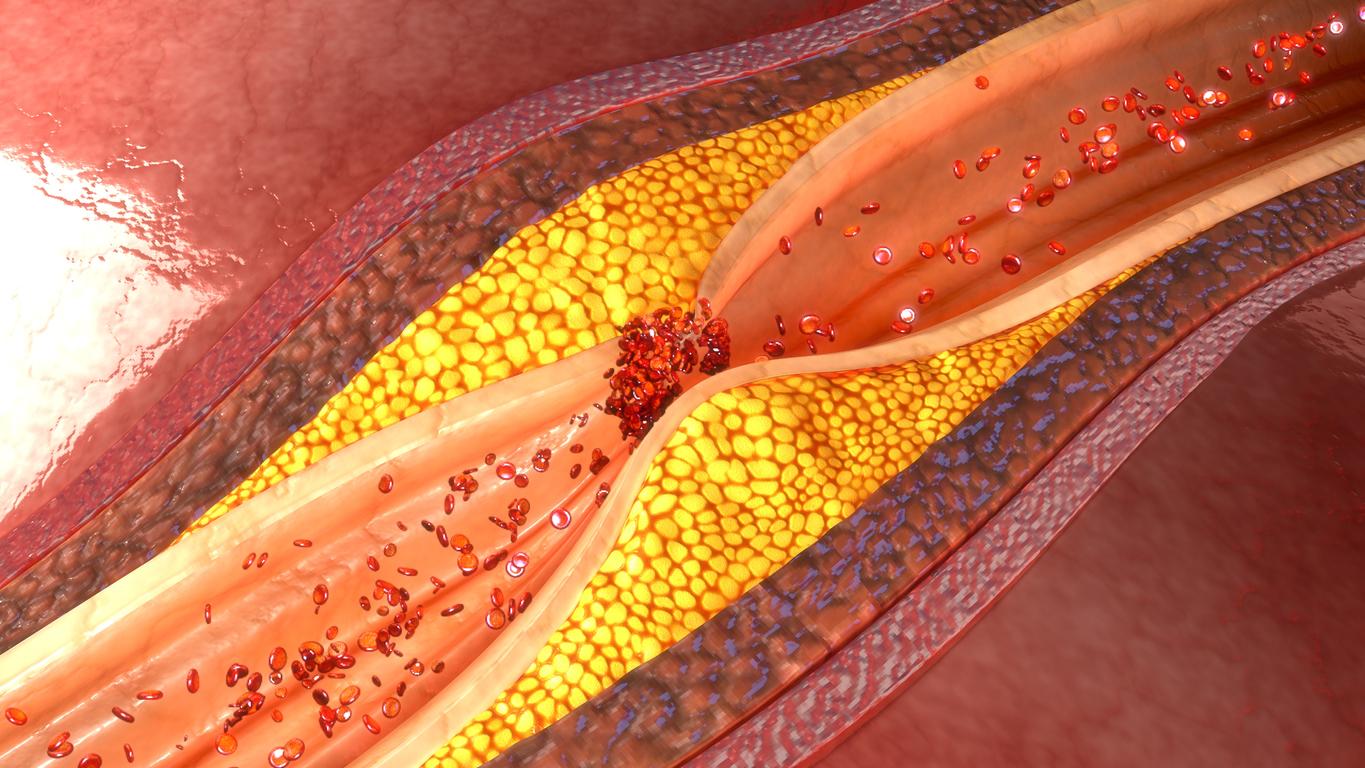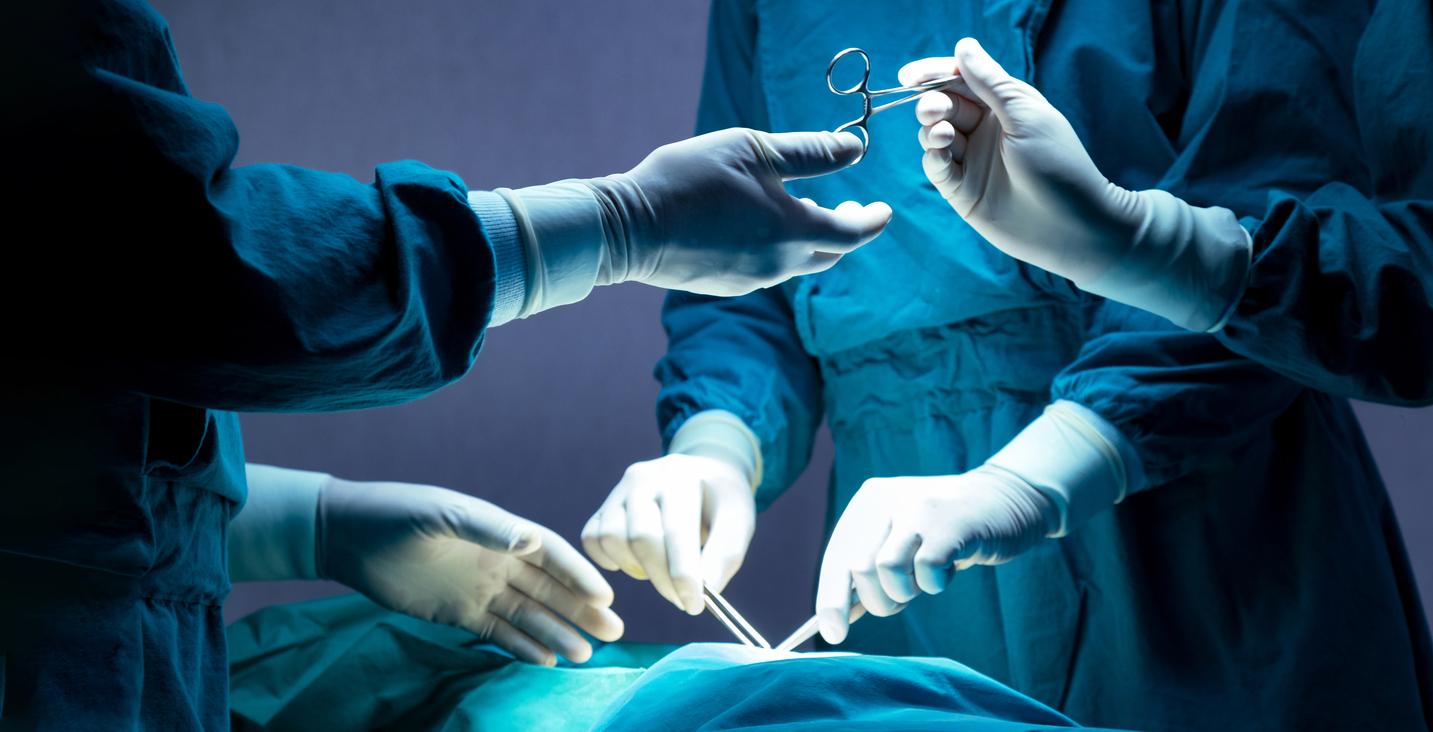The term “heartbroken” is commonly used to refer to heartbreak. This disease really exists and it is not to be taken lightly. Diagnosed for the first time in 1990 by Japanese doctors, broken heart syndrome (or tako-tsubo) refers to a pathology linked to emotional or physical stress that can cause acute heart failure and lead to death, in some cases.
“The heart and the brain are intimately linked. explains Pre Claire Mounier-Véhier, cardiologist at the Lille University Hospital. Under the influence of emotion, the brain is no longer able to regulate stress. The heart is frozen, paralyzed.” An event that may ordinarily seem trivial takes on a whole new dimension. “It could be an argument, a breakup, surgery, the announcement of a death, says the cardiologist, but also joyful news like a wedding or a birth.”
What are the symptoms ?
Patients usually experience symptoms similar to a heart attack, “But it’s not, because it’s not related to obstruction of the coronary arteries,” says Pre Mounier-Véhier. This situation of acute stress activates the sympathetic nervous system, triggering the production of stress hormones, catecholamines (adrenaline, noradrenaline, dopamine). Suddenly, the heart races, blood pressure rises. The patient feels a vice-like pain in the rib cage, which moves into the arm. “This can go as far as vagal discomfort and loss of consciousness”, says the cardiologist. A part of the heart can no longer contract. It then takes the form of an amphora.
Is there a typical patient profile?
“Nine times out of ten, they are women. Most of the time, they are menopausal”, says Claire Mounier-Véhier. The cardiologist is surprised, however, to receive, more and more, “young patients”, around 40 years old. “These are hyper-anxious, empathetic people who want to heal everyone and who forget themselves in return. Generally, they listen to other people’s problems, but do not talk about their own. Stress sponges…” People in precarious situations are also particularly affected.
Broken heart syndrome: how is it treated?
We must act quickly, because this phenomenon is potentially “factor of acute left ventricular rhythm disorders, which can cause sudden death, but also arterial embolism following the formation of a blood clot in the heart which no longer contracts properly”, emphasizes Pre Claire-Mounier-Véhier. Diagnosis of the disease is based on the joint performance of an electrocardiogram (non-systematic abnormalities), biological markers (moderately elevated troponins), echocardiography (specific signs of a bloated heart), but above all a coronary angiography (often normal ) and cardiac MRI (specific signs).
Patients are treated for heart failure, including the administration of beta-blockers and angiotensin-converting enzyme inhibitors. Cardiovascular rehabilitation and regular cardiological monitoring are necessary. The risk of recurrence is 11% at 5 years. “A supportwith a psychologist or psychiatrist is, however, recommended, because this accident occurs on a predisposed ground of chronic anxious personality”, says the cardiologist.
Can tako-tsubo be prevented?
Yes, assures Pre Mounier-Véhier. For this, it is necessary to have a healthy lifestyle by fighting, in particular, against a sedentary lifestyle. “Walking for even ten minutes in the morning, noon and evening is good for your health.” says the cardiologist. You have to pay attention to the quality of your sleep”and do not hesitate to take naps in the middle of the day”, decrease screen time as well as tobacco and alcohol consumption. To reduce stress,heart coherence techniques and yoga can be beneficial.”
An increase in broken heart syndrome during the pandemic
Researchers from the Cleveland Clinic in the United States have found that the number of patients suffering from stress-related cardiomyopathy has increased significantly during the COVID-19 pandemic.
“COVID-19 has caused multiple levels of stress in people’s lives. They are not only worried about themselves or their families, they are also facing economic and emotional problems, societal problems and loneliness. potential and isolation,” said Dr. Ankur Kalra, cardiologist at the Cleveland Clinic, quoted on Science Daily.
For their study, the clinic’s cardiologists examined 258 patients with symptoms of acute coronary syndrome (ACS) between March 1 and April 30 and compared them with control groups with the same symptoms before the pandemic. The number of patients with broken heart syndrome reached 7.8%, compared to an incidence of 1.7% before the coronavirus.
Broken heart syndrome kills as much as a heart attack
Between 1998 and 2014, 26 scientists from nine countries and led by Dr. Christian Templin of the University of Zurich (Switzerland) looked into the mechanisms behind the disease. After analyzing data from 1,750 patients, their findings, published in the journal New England Journal of Medicine, showed that this syndrome is associated with a much greater number of medical complications and deaths than doctors had previously imagined.
>> The triggers of broken heart syndrome
- In 27.7% of cases of cardiomyopathy, it would be an emotional shock caused by a breakup, the loss of a loved one, a family or professional conflict.
- 36% of cases of broken heart disease, on the other hand, are linked to factors such as acute respiratory failure or recent surgery.
- 55.8% of cardiomyopathy victims have a psychiatric or neurological history such as epilepsy, head trauma or stroke (stroke).
- 25.7% would have suffered a myocardial infarction (a heart attack).
The death rate from broken heart disease is 3.7%. An incidence almost as high as that of heart attack (5.3%). “It is (therefore) possible that this disorder is significantly underdiagnosed.”
Read also :
- What if broken heart syndrome came from the brain?
- Acute coronary syndrome: what are the symptoms that should alert?
- Cardiovascular diseases: eat fish twice a week to prevent them









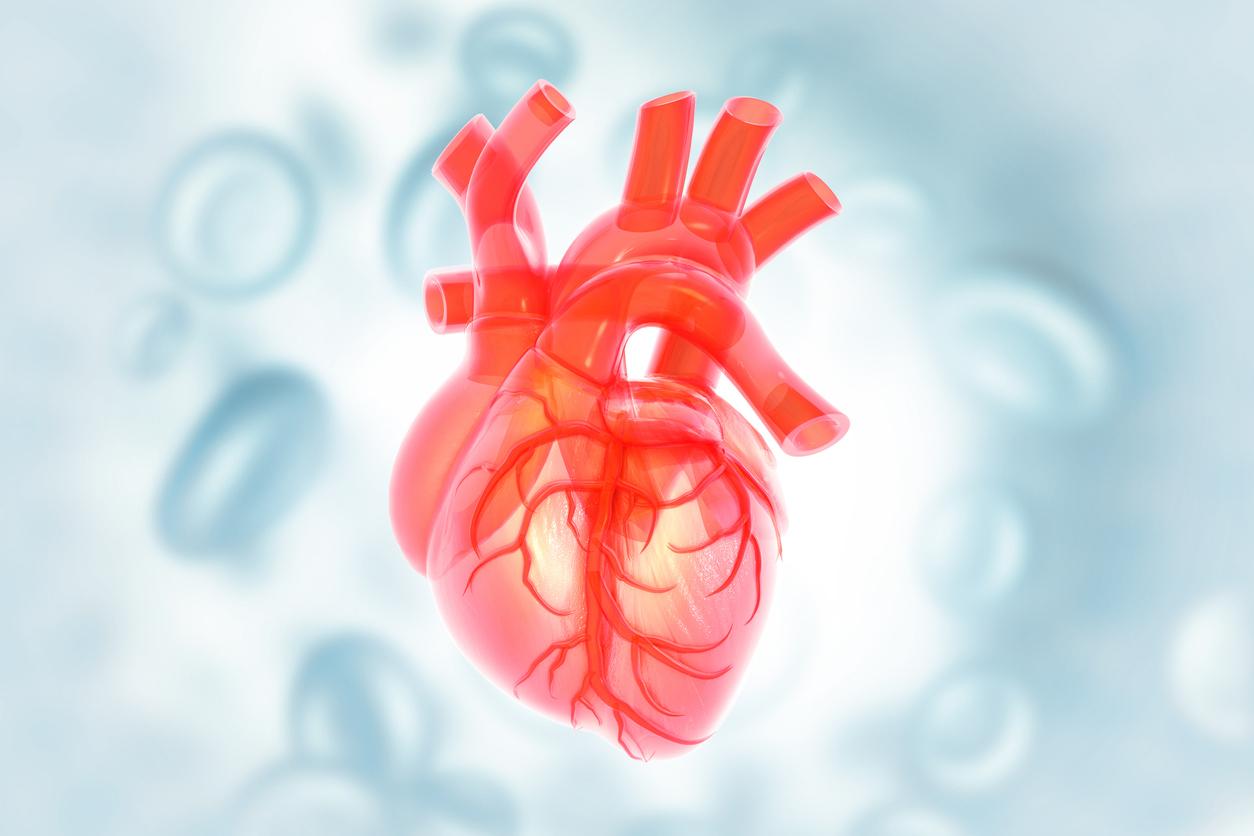
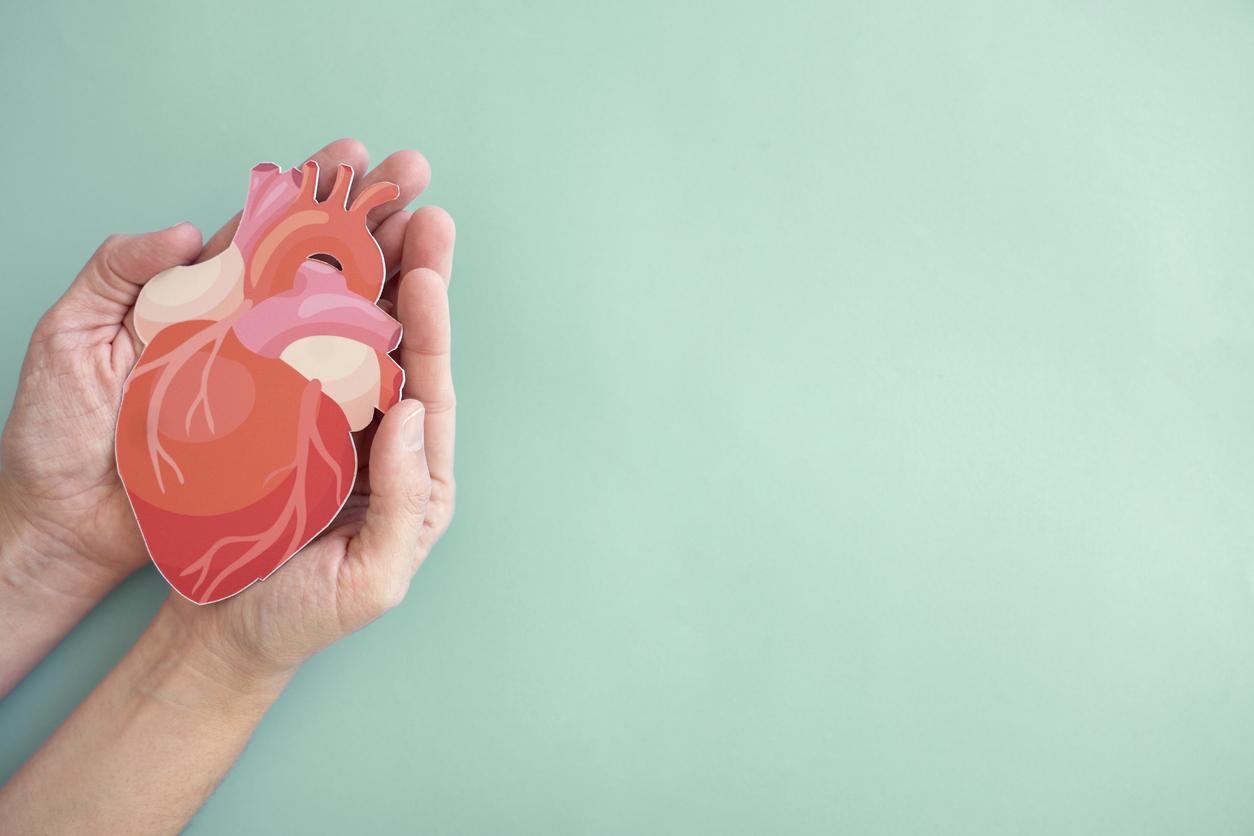
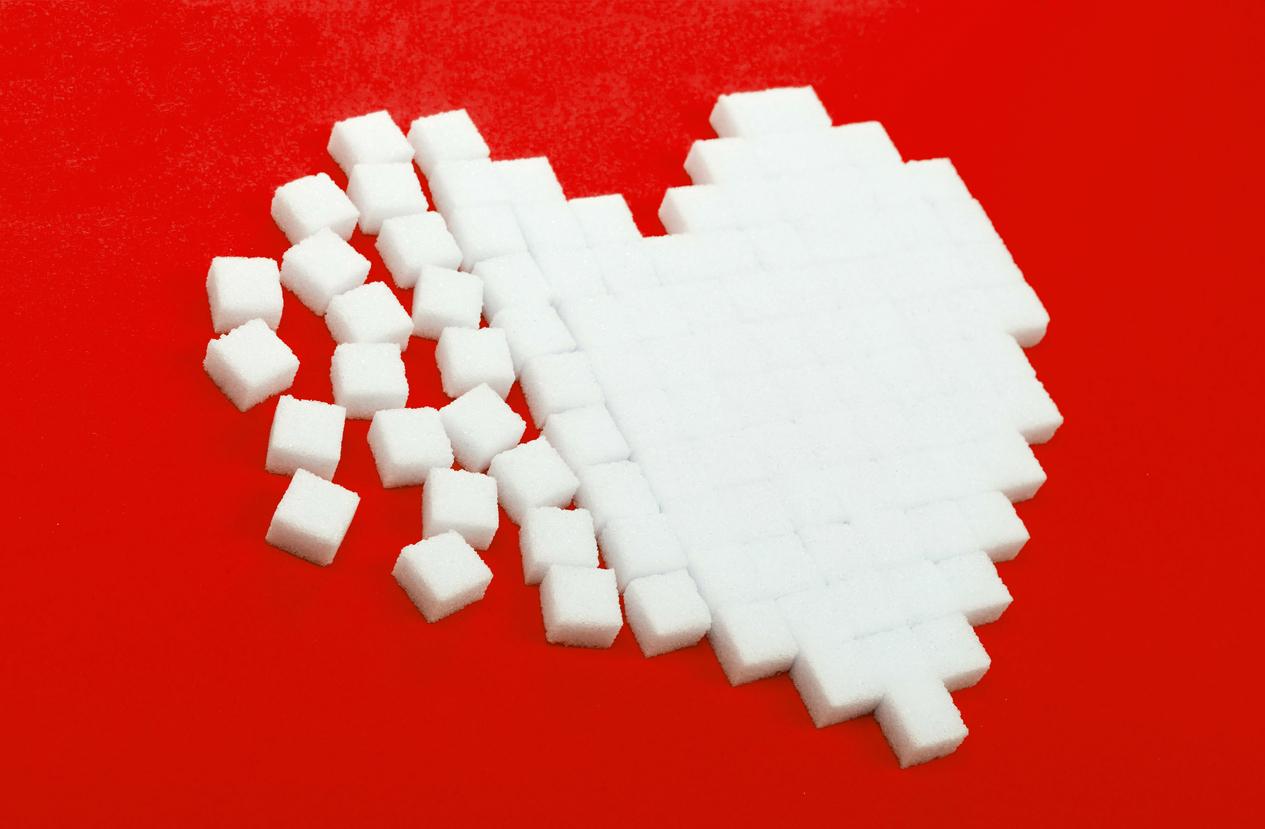
-1739366311.jpg)
